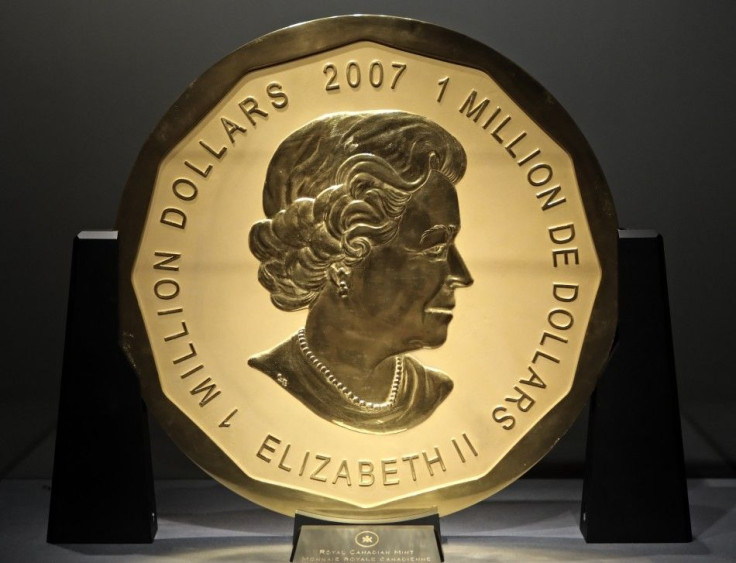The Canadian dollar is overvalued: DB analyst

Since the height of the financial crisis, the Canadian dollar has appreciated substantially against the US dollar. At its current level of 1 US dollar per 0.97 Canadian dollar, it has:
appreciated 25 percent since March 2009;
appreciated 7 percent since January 2010;
appreciated 2 percent since January 2011.
Now, it’s very overvalued against the US dollar, according to an analyst at Deutsche Bank.
Currently, according to PPP*, the Canadian dollar is close to 20 percent overvalued against the US dollar. According to the analyst, market participants consider a 20 percent deviation to be extreme.
Moreover, countries that are large trading partners typically do not have sustained extreme deviations. The US buys 75 percent of Canadian exports and supplies 50 percent of Canadian imports. Thus, extreme deviations in PPP in these two countries shouldn’t persist.
Indeed, since 1973, the Canadian dollar has traded within 19 percent of PPP fair value against the US dollar 90 percent of the time.
So as the Canadian dollar approaches this critical 20 percent level (and about 3 to 5 percent away from the all-time valuation extreme), it will “face increasing valuation headwinds.”
However, don’t automatically expect the Canadian dollar to reverse course, said the DB analyst.
One, of the G10 currencies, the Canadian dollar is historically the slowest to return from PPP valuation extremes against the dollar.
Two, the Canadian dollar benefits from cyclical short-term factors (like high oil prices), so it may continue to appreciation for a short while.
*Purchasing power parity (PPP): Considered by many to be a measure of the fair value of exchange rates. It’s calculated by estimating the exchange rate that would give countries the same purchasing power for a common basket of goods.
Email Hao Li at hao.li@ibtimes.com
Click here to follow the IBTIMES Global Markets page on Facebook
Click here to read recent articles by Hao Li
© Copyright IBTimes 2025. All rights reserved.





















